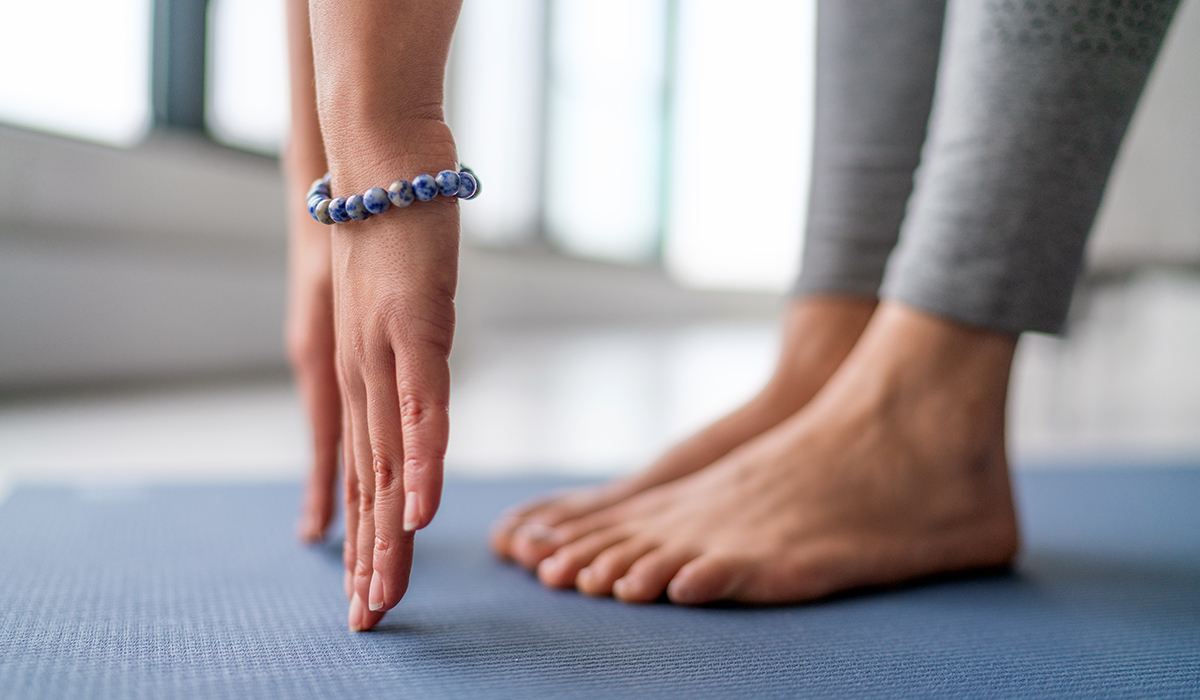January 2020
Have you ever headed out the door for a walk feeling a bit down, but felt much brighter by the time you finished? You weren’t imagining the effect. Our minds and bodies are linked in many ways, and physical activity is an established way to improve mental health, which is as important as physical health. Exercise not only releases endorphins (your body’s natural “feel good” chemicals) but can also take your mind off a stressful situation by helping you shift your focus.
How much exercise do you need?
Researchers already know that exercise — which releases endorphins, can be an effective treatment for depression, with one review study finding that exercise has a large and significant antidepressant effect in people with depression. However, exercise may also be protective, allowing you to continue feeling healthy mentally even when you’re going through a particularly challenging time in your life.
According to a study that tracked more than 30,000 adults over 11 years, exercising only one hour a week may be enough to ward off depression for some people.
Another recent study conducted by researchers at Harvard found that people are 26% less likely to become depressed with each major increase in objectively measured physical activity, or the equivalent of replacing 15 minutes of sitting with 15 minutes of running or an hour of sitting with an hour of brisk walking each day.
Cardiovascular exercise, such as running or brisk walking, isn’t the only type of movement linked to improved moods and less stress. For example, yoga has strong mental health benefits, largely due to its meditative quality (meditation has been shown to reduce anxiety).
Although a regular exercise routine may provide the most benefit, smaller amounts also seem to help mental health. A recent study in older adults found that just six minutes of physical activity can improve your mood!
3 tips to get started
If you already have an exercise program in place, you’re ahead of the game, but if you want to get started, these three tips can help:
- Do an activity you enjoy. You probably won’t stick with a type of exercise you absolutely hate, even if it’s loaded with benefits. Think back to what type of sports and activities you enjoyed as a child, or what exercise you can do with a friend.
- Be ready to reset. Many people start out gung-ho and then gradually become apathetic about their exercise program. Anticipate that you may do this, and be prepare to start again, so that you don’t feel down on yourself if you miss a few sessions. Remember that each day is a new opportunity to exercise.
- Set a goal. Whether it’s to run a mile without stopping, attend 10 yoga classes or swim 10 laps, sketch out an attainable goal — and then celebrate when you reach it by setting your next goal.



